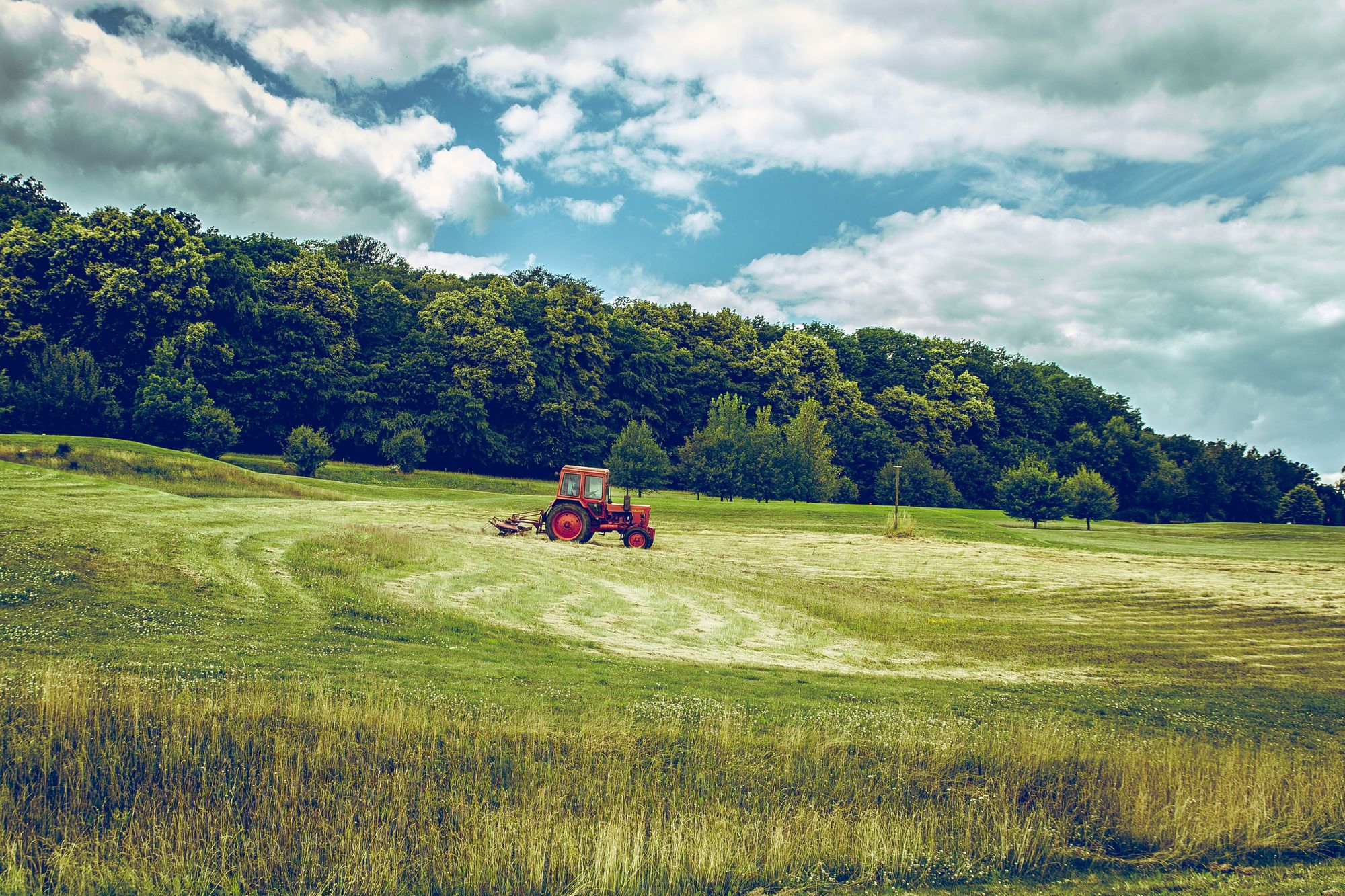Regenerative Agriculture: The Future of Backyard Food Production

Regenerative agriculture is a promising approach to farming that seeks to restore soil health, reduce greenhouse gas emissions, and increase biodiversity. This approach to farming can also benefit backyard food production in a number of ways. In this blog post, we will explore the principles of regenerative agriculture, how it can be applied to small-scale food production, and the benefits it can provide.
What is Regenerative Agriculture?
Regenerative agriculture is a holistic approach to farming that focuses on restoring soil health, increasing biodiversity, and reducing the use of synthetic fertilizers and pesticides. The principles of regenerative agriculture include:
1. Minimizing soil disturbance: This involves reducing tillage and minimizing the use of heavy machinery that can damage soil structure.
2. Keeping soil covered: Cover crops and mulches are used to keep the soil covered and protect it from erosion.
3. Diversifying crops: Growing a variety of crops helps to increase biodiversity, reduce pest pressure, and promote soil health.
4. Incorporating livestock: Livestock can be used to graze cover crops, adding organic matter to the soil and promoting nutrient cycling.
5. Promoting soil health: Building healthy soil involves increasing organic matter, improving soil structure, and promoting soil microbial activity.
How Regenerative Agriculture Benefits Backyard Food Production
Regenerative agriculture can benefit backyard food production in a number of ways:
1. Improved Soil Health: Healthy soil is essential for growing healthy plants. Regenerative agriculture practices can help to improve soil health by increasing organic matter, improving soil structure, and promoting beneficial soil microbes.
2. Increased Biodiversity: Growing a variety of crops and incorporating livestock can help to increase biodiversity in the backyard. This can lead to healthier plants and reduced pest pressure.
3. Reduced Environmental Impact: Regenerative agriculture practices can help to reduce greenhouse gas emissions and minimize the use of synthetic fertilizers and pesticides. This can help to reduce the environmental impact of backyard food production.
4. Increased Food Security: Growing food in your own backyard can help to increase food security by reducing dependence on the industrialized food system.
5. Cost Savings: Growing your own food can be a cost-effective way to eat healthy and fresh produce. Regenerative agriculture practices can help to reduce the cost of inputs like synthetic fertilizers and pesticides.
How to Apply Regenerative Agriculture to Backyard Food Production
There are several regenerative agriculture practices that can be applied to backyard food production:
1. Use cover crops and mulches to protect soil from erosion and improve soil health.
2. Incorporate compost and other organic matter to increase soil organic matter and improve soil structure.
3. Diversify crops to increase biodiversity and reduce pest pressure.
4. Use companion planting to promote healthy plant growth and discourage pests.
5. Incorporate livestock, such as chickens, to graze cover crops and add organic matter to the soil.
6. Minimize soil disturbance by reducing tillage and avoiding heavy machinery that can damage soil structure.
7. Plant native plants to promote biodiversity and support pollinators.
Regenerative agriculture is a promising approach to farming that can benefit backyard food production. By promoting healthy soil, increasing biodiversity, and reducing the environmental impact of food production, regenerative agriculture practices can help to improve the health and sustainability of our food system. Incorporating these practices into backyard food production can lead to improved soil health, increased food security, and cost savings.
